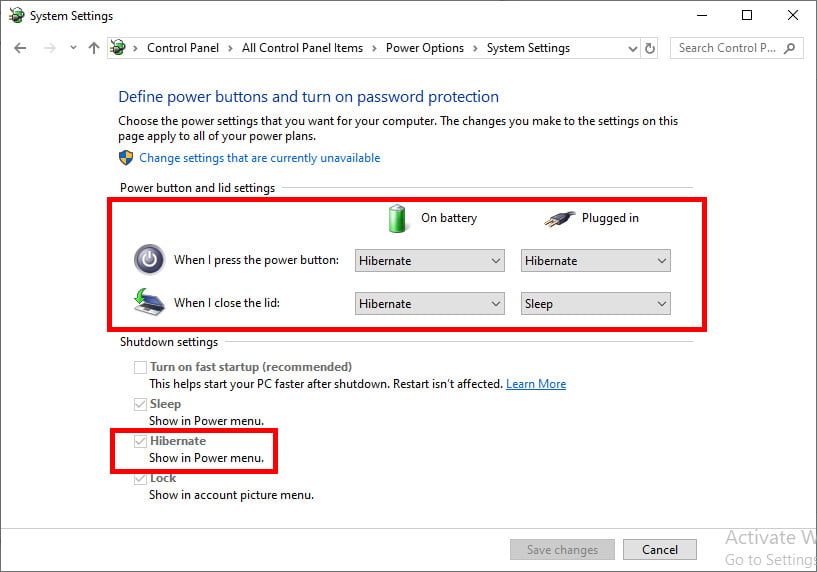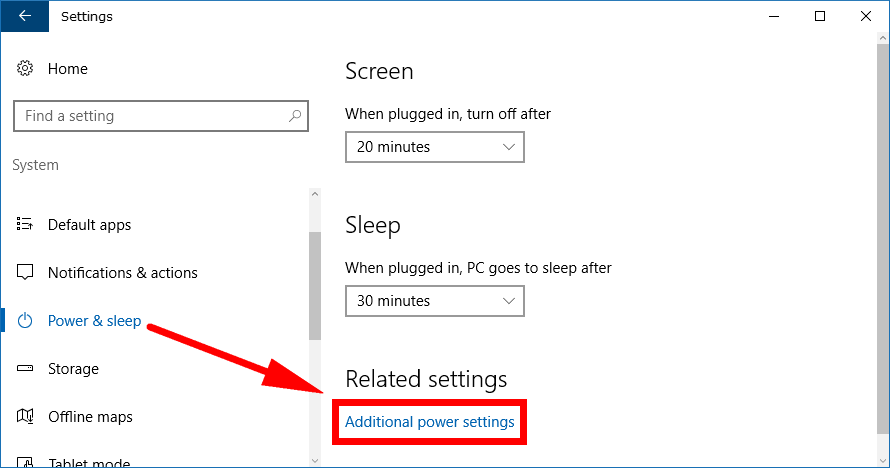

To add the Hibernate option to Start menu, see the Hibernate section of Shut down, sleep, or hibernate your PC. If this file is not present, the computer cannot hibernate. The computer uses the Hiberfil.sys file to store a copy of the system memory on the hard disk when the hybrid sleep setting is turned on. Enable or Disable Hibernation with the Registry Editor 1) Press Windows key+R key combination to load the Run dialog box. The size of this file is approximately equal to how much random access memory (RAM) is installed on the computer. Double-click on Disable Hibernate.reg to disable. Download the registry files from MajorGeeks. Right Click Mouse button on Start Menu and then select the Command Prompt(Admin) option. The Windows Kernel Power Manager reserves this file when you install Windows. Go to Advanced Power Options and expand Sleep > Hibernate after. Enable or Disable Hibernate in Windows 10 1. The Hiberfil.sys hidden system file is located in the root folder of the drive where the operating system is installed.

In the search results list, right-click Command Prompt, and then select Run as Administrator. Steps for Disabling Hibernation Advertisement 1. Press the Windows button on the keyboard to open Start menu or Start screen.When you make hibernation unavailable, hybrid sleep does not work. On the Control Panel, click on the Power Options. Next, open the Control Panel from the list of options. To protect your data from being lost, it is recommended that you regularly perform a Windows 10 backup.You may lose data if you make hibernation unavailable and a power loss occurs while the hybrid sleep setting is turned on. First, click on the Windows 11 search and type in Control Panel. The advantage is that work is loaded via the hard disk. Power consumption is reduced to a minimum. Hybrid hibernation: In hybrid hibernation, your device backs up existing documents, files, and applications to memory and hard drives.The device is still powered and can be woken up faster compared to hibernation. Opened files, documents, and applications are saved in the RAM. Standby mode: Standby and hibernation differ in that only the screen and unnecessary background programs are stopped in standby.To use it, you need to switch it on first.

Hibernation is disabled by default in Windows 10. Once you resume, the system continues where you left it. Hibernation: Stops all opened documents, files, and applications on the hard drive and interrupts the power supply.It is the only option that shuts off power completely: Hibernation is one of three energy-saving settings in Windows 10.


 0 kommentar(er)
0 kommentar(er)
